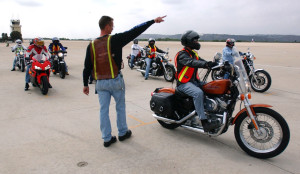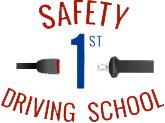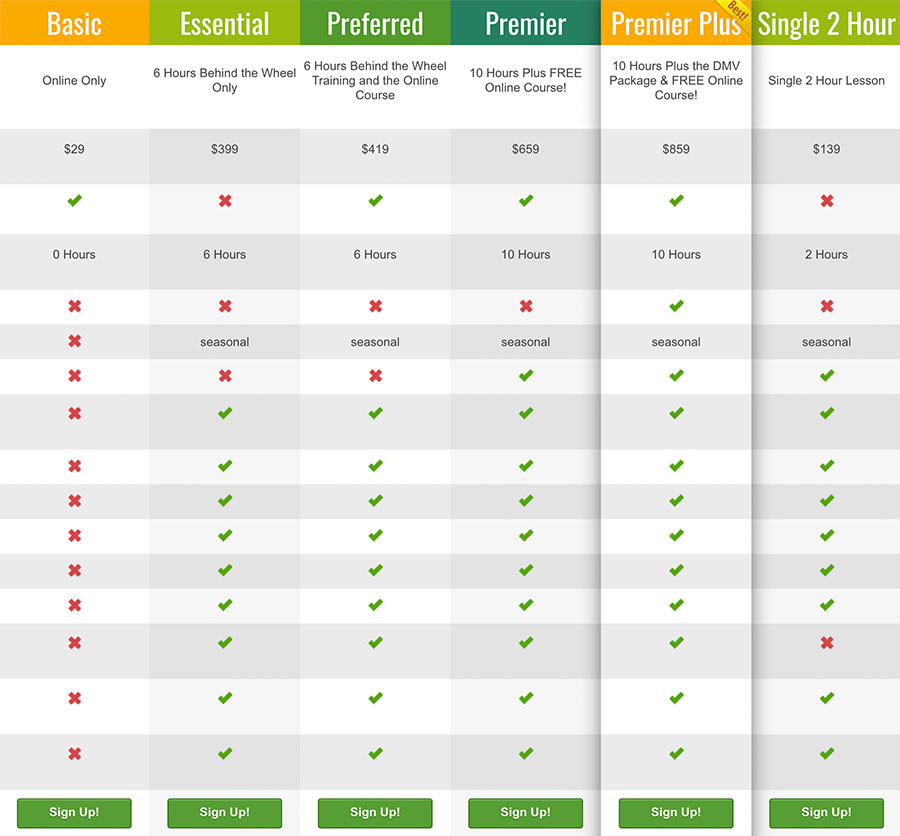
Sunday, May 17 at around 2 p.m., a 20-year-old male motorcyclist collided with a 19-year-old female driver on Fairview Road in Costa Mesa near Adams Avenue. Sadly, the motorcyclist died. (source: Daily Pilot)
This happened in broad daylight on a Sunday afternoon in Costa Mesa. Don’t be naive, folks – a deadly accident can happen anywhere, anytime.
Early reports indicate the motorcyclist was driving at high speeds (which is unfortunately very characteristic of young male drivers, who are notorious rule-benders and risk-takers behind the wheel).
Should – or could – the 19-year-old driver have seen the motorcyclist approaching? Did she turn in front of him, leaving him with not enough time to slow down? Who knows. Evidently there were no drugs or alcohol involved, but at 19 years old she too is a very inexperienced driver. We may never know if anything else could have been done to prevent this accident and save this young man’s life.
What we do know is motorcycles are much more dangerous than cars.
The Institute Insurance for Highway Safety (IIHS) reported that:
- motorcyclists are 30 times more likely to die in a crash than people in a car, and
- nearly half of all motorcycle deaths are the result of single-vehicle crashes.
You’re not destined to have accidents or suffer serious injuries riding a motorcycle, but it does happen. The key is to be prepared and avoid risks. According to the IIHS, 48% of fatalities in 2010 involved speeding, and alcohol was a factor in 42%. Eliminate those factors and you’ve already dramatically reduced your risk.
Here are 9 motorcycle safety tips for new drivers from Consumer Reports:
1. Find the proper fitting bike.
When shopping for a bike, start with one that fits you. When seated, you should easily be able to rest both feet flat on the ground without having to be on tiptoes. Handlebars and controls should be within easy reach.
Choose a model that’s easy for you to get on and off the center stand; if it feels too heavy, it probably is. A smaller model with a 250- to 300-cc engine can make a great starter or commuter bike. If you plan on doing a lot of highway riding, you might want one with an engine in the 500- to 750-cc range so you can easily keep up with traffic.
2. Pay more for anti-lock brakes.
A proven lifesaver. You lock up the brakes, you lose all steering control. It’s a no-brainer.
3. Take a motorcycle riding course.
A Motorcycle Safety Foundation (MSF) course will teach you the basics of motorcycle riding, plus important evasive emergency maneuvers. You may even be eligible for an insurance discount!
4. Wear a helmet (full-face is best).
Riders without a helmet are 40% more likely to suffer a fatal head injury in a crash, and are three times more likely to suffer traumatic brain injuries than those wearing helmets.
Replace your helmet every 5 years (even if it looks fine), or right away if it has been damaged.
5. Wear proper gear.
That includes a leather or other type of reinforced jacket, gloves, long pants, and over-the-ankle boots. Oh, and don’t forget to protect your eyes with a helmet visor and/or goggles, unless you have a full face helmet.
Yes, even in summertime. Don’t worry, some of those jackets are quite well ventilated. Plus, you’ll look much more legit all decked out in your official motorcycle riding getup.
We recommend at least a few splashes of bright color in your motorcycle riding attire. We’re not talking about making a fashion statement – most automobile drivers who hit motorcyclists said they didn’t see them.
6. Watch out for cars.
According to Consumer Reports:
A recent study by the University of South Florida’s Center for Urban Transportation Research found that in collisions involving a motorcycle and a car, car drivers were at fault 60 percent of the time.
Especially in this day and age where texting and cell phone use are rampant, it is all the more imperative for you to be aware of cars and drive defensively. Do not assume car drivers see you; keep a safe following distance; watch for lane changes and pulling out of side streets or parking lots.
7. Maintain your bike.
Routinely inspect your bike to make sure your brakes work well, your tires are properly inflated, your headlights, brake lights and turn signals work, and your horn sounds. Worn out brakes and improperly inflated tires have a huge impact on your safety.
8. Don’t ride in the rain.
If you must, remember that the most dangerous time is immediately after it starts raining, when oil residue rises and makes the roads super slippery.
9. Watch for debris and hazards.
Sand, wet leaves, rocks, dirt, bumps, potholes, etc. – anything but a smooth terrain can affect your ability to ride your motorcycle safely. If you can’t avoid the hazards, at least slow down significantly. Approach railroad tracks as close to a right angle as possible to avoid skidding.
[hr]
Please – be sober, alert, undistracted, cautious, and patient – and stay safe on those motorcycles!


